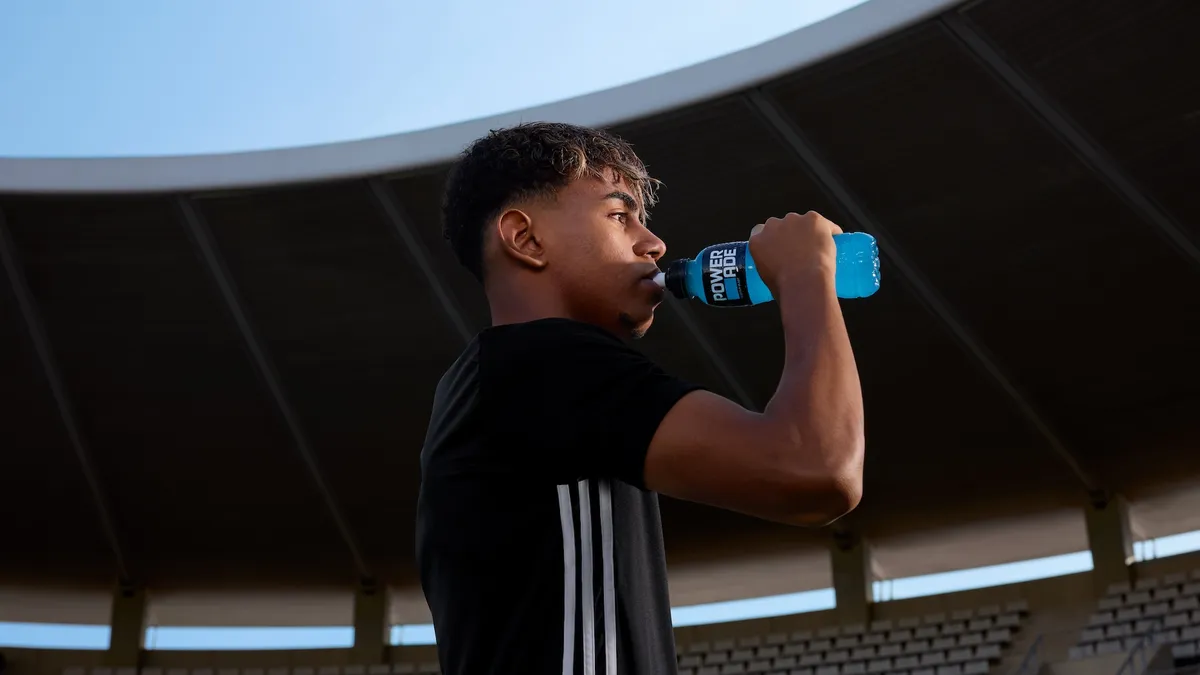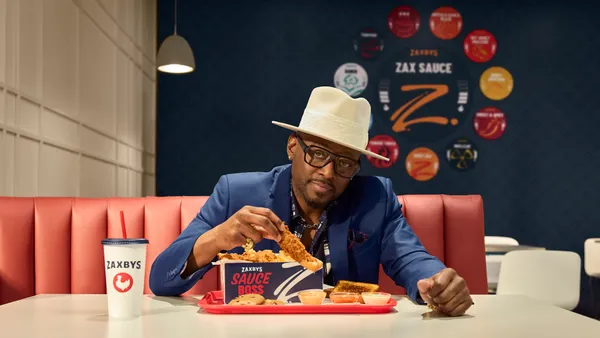The following is a guest post from James Draper, CEO of Bidstack. Opinions are the author's own.
It's no secret that Super Bowl spots are the crown jewel of advertising, with astronomical costs. Though their reach is incredible and can serve as a launchpad for larger marketing efforts, Super Bowl campaigns also lack the performance-driven metrics and multichannel connectedness many brands are looking for as they shift toward e-commerce and feel greater need to prove ROI.
While millions of fans will tune in to see the Tampa Bay Buccaneers and Kansas City Chiefs battle it out at Super LV, a shift is happening in the broader sports marketing sphere in the wake of a COVID-riddled season. What is typically a parade of blue-chip brand names is quickly diversifying into areas that go beyond advertising's biggest and most expensive stage.
Look no further than the Pro Bowl, a precursor to the Super Bowl. It's an annual display of the NFL's best players in each conference and position. This year, however, COVID restrictions forced the in-person event to become a completely digital experience. The result was a streaming-based Madden NFL 21 tournament that brought together celebrities, former players and Pro Bowl candidates for what was less a serious battle and more a culturally significant benchmark in sports entertainment — one that could carry implications for long after the pandemic passes.
Reaching a new generation of fans
The Pro Bowl was a clear first in expanding from the single stage of a football field into the multichannel digital sphere, particularly in regards to livestreaming. The enjoyment from players and viewers on social media was palpable, showing a virtual approach can be successful for the league moving forward.
For advertisers, this tactic opens opportunities to reach a new generation of fans looking to get behind-the-scenes and join the experience with their favorite athletes. Advertisers on the fence about in-game placements or streaming sponsorships through Twitch and social media — just to name a few channels — are witnessing the power these mediums offer.
Sounds nice for the NFL, the players and the Pro Bowl, but what does that mean for the Super Bowl? To be clear, the league will not take the most-watched sporting event in the U.S. completely digital. But events like this year's Pro Bowl do underpin rich advertising potential as the sport expands its presence in new frontiers.
In-game billboards and stadium placements are at the same time becoming more common, and Twitch continues to build out a bigger ad platform. Meanwhile, athletes can expand their sponsorship offerings. Getting involved in this epic sports occasion simply is not as hard as it once was.
Proving ROI
New channels that allow brands to mix their messaging and products with real-life NFL superstars without needing a State Farm-sized budget is increasingly viable. A similar approach is already working wonders overseas.
Formula 1 drivers spearheaded a virtual F1 Grand Prix in 2020, breaking down barriers between their notoriety and the general public's access to them. On multiple occasions, these famous athletes were able to build direct connections with fans, engaging them on a level seemingly unattainable through a traditional broadcast environment. The concept is getting reupped for 2021.
Audience attentiveness to on-screen environments like gaming and streaming should interest brands from big game regulars to smaller startups that want to ensure their advertising dollars are targeting more specific consumer groups. If you've got one particular athlete sponsored by one particular brand, it's possible to wrap branding or campaign assets as a full takeover for the entire time they're streaming. That's democratization of commercial opportunity.
As streaming and in-game opportunities rise on the advertising agenda, brands have an opportunity to target the most relevant fan bases to their brand, build social media conversations around their products and level the playing field in how they associate with athletes and audiences. Efforts don't have to be a creative touch down every time because there's less on the line than with pricey TV campaigns, which, in turn, opens more room for experimentation.
We will start to see leagues, teams and individual athlete sponsors become much more segmented and diversified. The year 2021 is set to be one of firsts like we haven't seen before. Advertising is no different, and the Super Bowl may be the touching off point for a new chapter in virtual sports experiences.






















